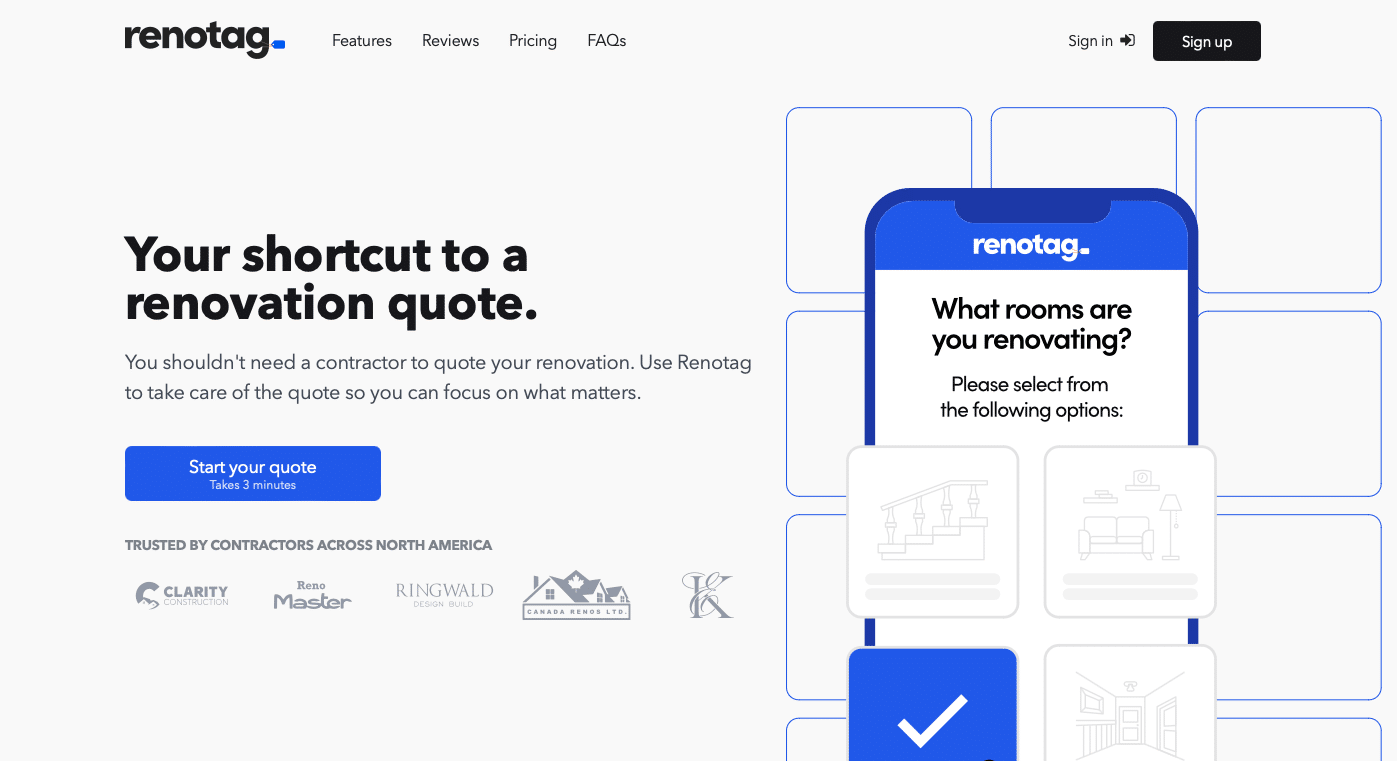7 Tips to Cut Your Kitchen Renovation Pricing
Dive into our guide on creating a budget for your kitchen remodel, unveiling secrets to manage your kitchen renovation pricing effectively.
Embarking on a kitchen remodel journey can be both exciting and nerve-wracking, especially when it comes to managing the finances. Creating a budget for your kitchen remodel is a critical step that requires careful planning, research, and a bit of savvy to ensure you get the most bang for your buck. Here, we’ll explore strategies to tackle kitchen renovation pricing, guiding you through the process to achieve your dream kitchen without breaking the bank.
Understanding Kitchen Renovation Pricing
Before you start tearing down walls or picking out countertops, it’s essential to understand what factors influence kitchen renovation pricing. It’s not just about materials and labor; several underlying components contribute to the overall cost. By getting a grip on these, you can make informed decisions and set a realistic budget.
Setting Realistic Goals and Budget
The foundation of a successful kitchen remodel is setting realistic goals and a corresponding budget. This entails matching your desires with what you can afford, creating a balance between your dream kitchen and your financial limits. We’ll discuss how to prioritize your needs and wants, allowing for a functional and stylish kitchen without overspending.
Research and Compare Prices
In the realm of kitchen renovations, prices can vary significantly from one contractor or supplier to another. The key is to research and compare prices for materials, appliances, and labor. This due diligence can lead to substantial savings without compromising on quality.
Incorporating Flexibility into Your Budget
A common pitfall in kitchen remodeling is the lack of budget flexibility. Unexpected costs can arise, and being prepared for these can save you from a financial crunch. We’ll explore how to incorporate a contingency fund into your budget and the importance of being adaptable to changes.
Prioritizing Spending: Need vs. Want
With a plethora of options available, distinguishing between needs and wants becomes crucial in managing kitchen renovation pricing. Focusing your budget on must-haves while finding cost-effective alternatives for your wants can lead to a balanced and satisfying remodel.
DIY vs. Professional Help: Making the Right Choice**
While DIY projects can offer savings, understanding when to call in the professionals is vital. We’ll examine the pros and cons of DIY in kitchen remodeling and how to make the right choice based on skills, time, and budget.
Utilizing Technology: Online Cost Calculators
In today’s digital age, technology offers tools like the Renotag renovation cost calculator that can assist in budgeting for your kitchen remodel. Such resources provide estimates, helping you to plan and manage your kitchen renovation pricing effectively.
Maximizing Savings without Compromising Quality
It’s possible to maximize savings without sacrificing quality. From choosing materials wisely to timing your purchase with sales and discounts, we’ll discuss strategies to cut costs intelligently.
Exploring Financing Options for Your Kitchen Remodel
If your budget is tight, exploring financing options can be a game-changer. From loans to credit lines, knowing your options can aid in achieving your kitchen remodel goals without immediate financial strain.
Maintaining a Flexible Mindset Throughout the Project
Adaptability is key in a kitchen remodel. Changes in plans, delays, or unexpected discoveries can affect your budget and timeline. Maintaining a flexible mindset can help navigate these challenges smoothly.
Sealing the Deal: Finalizing Your Kitchen Remodel Budget
Finalizing your budget involves revising your plans, confirming your funding options, and preparing for the unexpected. We’ll guide you through sealing the deal on your budget, ensuring you’re ready to embark on your kitchen remodel journey with confidence.
Questions to Ask Before a Kitchen Renovation
- What’s the average cost of a kitchen renovation
- How can I save on appliance costs during a kitchen remodel?
- Can I remodel a kitchen on a tight budget?
- What are some unexpected costs in kitchen renovation?
- How often should I update my kitchen remodel budget?
- Is it cheaper to DIY a kitchen remodel?
Conclusion
Creating a budget for your kitchen remodel is a delicate balancing act that requires thoughtful planning, savvy decision-making, and sometimes a bit of creativity. By understanding kitchen renovation pricing, setting realistic goals, and utilizing tools like the Renotag renovation cost calculator, you can navigate the financial aspects of your kitchen remodel, making your dream kitchen a reality within your means. With thorough research, a flexible mindset, and strategic planning, your kitchen renovation can be a successful and financially manageable project.
For more detailed information on kitchen renovation costs, consider visiting the kitchen renovation cost guide (https://renotag.com/costs/kitchen-renovation-cost-guide/), where you can find comprehensive insights and tips to manage your renovation effectively.









